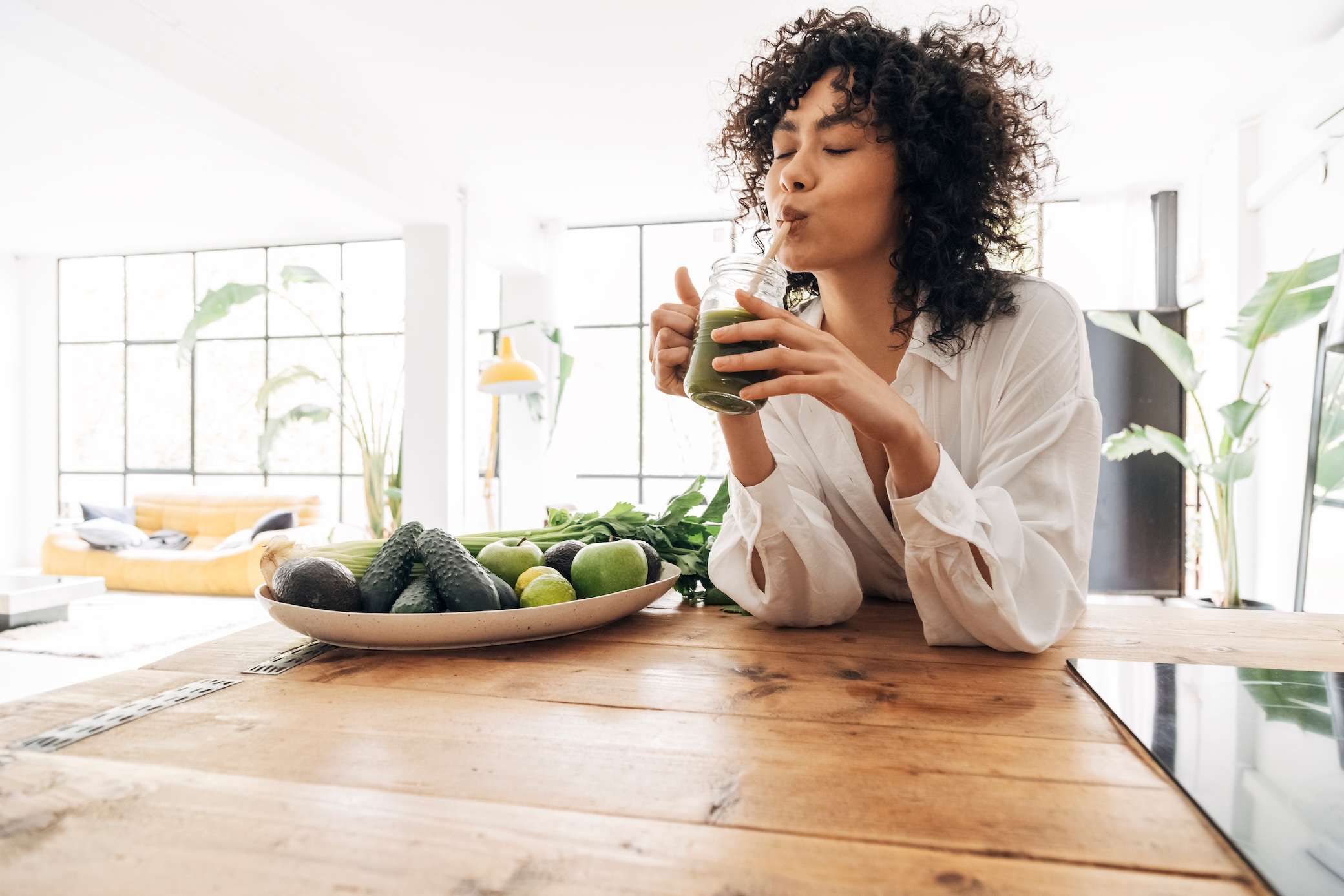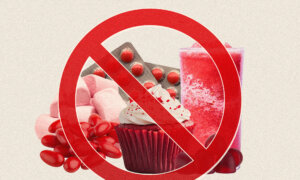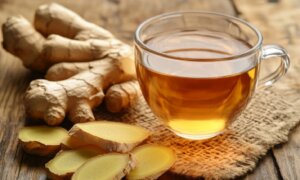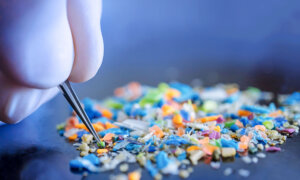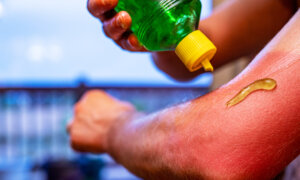Juicing is often considered a healthy way to incorporate more vitamin-rich fruits and vegetables into one’s diet, either as a daily practice or as a cleanse aimed at detoxification or weight loss.
However, new research shows that three days of drinking cold-pressed juice, which squeezes juice out of fruits and vegetables while stripping them of their fiber, can cause a potentially damaging shift in bacteria living in the mouth and gut.
Published in Nutrients, this finding wasn’t the outcome researchers were anticipating.
They hypothesized that since polyphenols and other bioactive compounds in vegetables and fruits have a positive effect on gut health, juicing might boost beneficial microbes in the mouth and gut.
“What we discovered—especially the rapid shifts in oral bacteria linked to inflammation—was not exactly what we expected, but it highlights the importance of studying the nuances of diet-microbiome interactions,” said Dr. Melinda Ring, director of Northwestern’s Osher Center for Integrative Health and senior author of the study.
Such results demand a closer examination of popular juicing habits. That’s not to say the practice is never advisable, Ring told The Epoch Times in an email interview. Juicing has benefits, and certain strategies can help minimize potentially negative impacts on the microbiome.
Study Design and Results
Researchers measured the bacterial communities from saliva and stool samples of three small groups of four or five people each before and after their curated diets. One group drank only juice, one drank juice and ate whole foods, and the third group ate only whole plant-based foods.
During the study, the participants did not drink alcohol or caffeine or eat sugar, processed foods, dairy, red meat, or gluten.
Juice combinations from a cold-pressed juice company used in the study were high in vitamins C and A. They included kale, celery, apples, lemons, cucumbers, ginger, beets, chard, parsley, and romaine lettuce.
The juice-only group experienced the highest increase in bacteria that can cause inflammation and gut permeability, a condition where the intestinal lining allows disease-causing bacteria to leak into the body. Chronic inflammation can also cause gut permeability, sometimes called leaky gut, according to the Cleveland Clinic.
In contrast, those who followed the whole plant-based diet experienced favorable microbial changes. The juice plus food group had some bacterial shifts but were less severe than the juice-only group.
The findings should be a wakeup call to patients and dentists about how food drastically impacts the oral microbiome, functional dentist Dr. Mark Burhenne, who was not part of the study, told The Epoch Times in an email, noting that the oral microbiome is the front line of our digestive microbiome.
“Fiber is a prebiotic, and without it, you lose that balance. What’s left? Sugars and simple carbs—fuel for the bad bugs. Even natural sugars like fructose, found in fruit, can tip the scale without the buffering effect of fiber,” he said. “Juicing is a good example of this—strip out the fiber, and the microbiome takes a hit.”
Why Both Microbiomes Matters
The changes in the oral microbiota were more rapid and dramatic than in the gut microbiota in the study. That doesn’t mean there’s no concern that juicing may affect gut health, Ring said, since the mouth is the gateway for the entire digestive system.
“When pro-inflammatory bacteria flourish in the mouth, they can be swallowed and travel to the gut, potentially disrupting the gut microbiome and promoting inflammation there,” she said. “This can lead to downstream effects, including increased gut permeability or ‘leaky gut,’ which has been linked to systemic inflammation, autoimmune conditions, and even cognitive decline.”
Oral microbiome dysbiosis, an imbalance of microorganisms in your mouth, has also been independently linked to chronic health problems. In addition to causing periodontal disease, oral dysbiosis is associated with heart disease, diabetes, and Alzheimer’s disease.
Eating a lot of sugar or simple carbohydrates is one example of how quickly the oral microbiome can change, Burhenne added. “Combine that with factors like dry mouth, reduced saliva flow, or mouth breathing, and it creates a really volatile environment for the microbiome,” he said.
Mindful Juicing Habits
Juicing should not replace eating whole fruits and vegetables. Being aware of its impacts, however, can temper the urge to overdo it, Ring said.
Juicing can be a beneficial alternative for cancer patients who may need to follow a low-fiber eating plan or have trouble swallowing, though fiber may help prevent some cancers.
To help prevent dysbiosis when juicing, Ring suggested:
- Choosing low-sugar vegetables: Select or make juices with vegetables like spinach, kale, cucumbers, and celery to minimize sugar intake. Small portions of lemon, ginger, or berries can enhance flavor without adding excess sugar.
- Limiting duration: Juice-only diets should be infrequent and kept short. Long-term or repetitive juice cleanses may increase your risk of dysbiosis.
- Supporting oral health: Drink water to reduce bacterial overgrowth and maintain good oral hygiene with brushing, flossing, and regular dental checkups to reduce pro-inflammatory bacteria.
If you are able to tolerate fiber, Ring further recommended:
- Balancing juicing with whole foods: Avoid exclusive juice cleanses and use juicing alongside fiber-rich whole foods, such as leafy greens, whole grains, beans, and nuts.
- Eating prebiotic and probiotic foods: Eat foods like yogurt, kefir, sauerkraut, or fermented vegetables in addition to juicing to promote a diverse, healthy microbiome. Prebiotic-rich foods like garlic, onions, and asparagus can feed beneficial bacteria.
- Adding fiber back in: Mix fiber-rich ingredients like chia seeds, flaxseeds, or psyllium husk to your juice. Or, keep the fiber in your produce by blending instead of juicing.
Ring said that the study—which she noted was both small and short—highlights there is likely a downside to juicing, though it shouldn’t be considered the final word on the practice. Juicing as part of an occasional supplement rather than a dominant health strategy is key.
“No, I don’t think we should completely rethink juicing based on this study, but it does provide important food for thought.”
